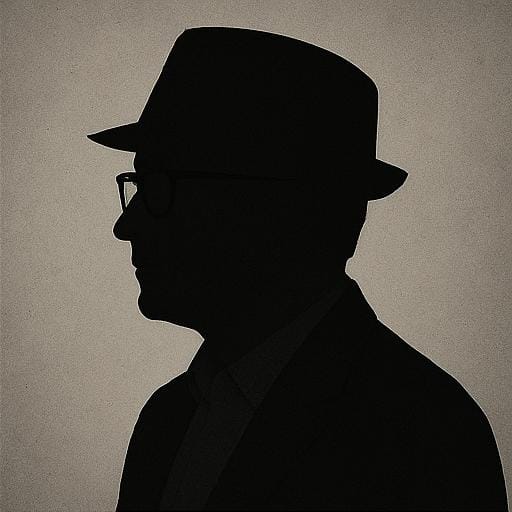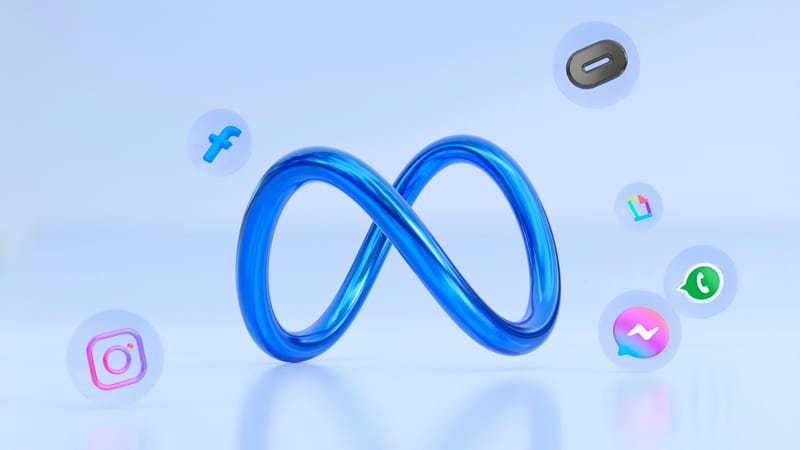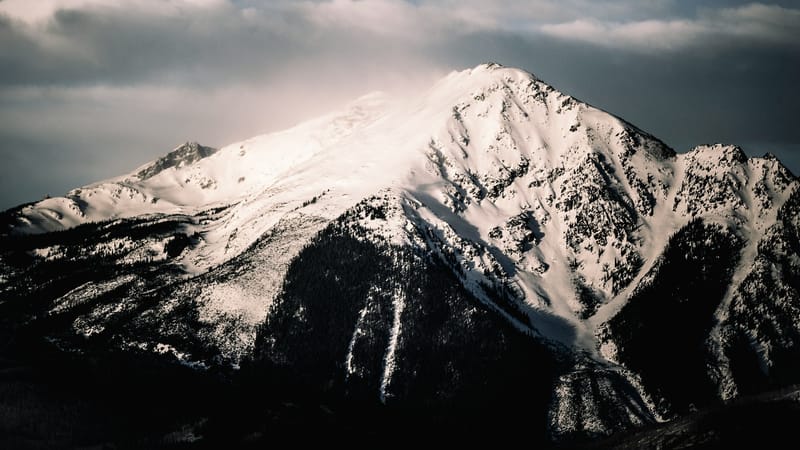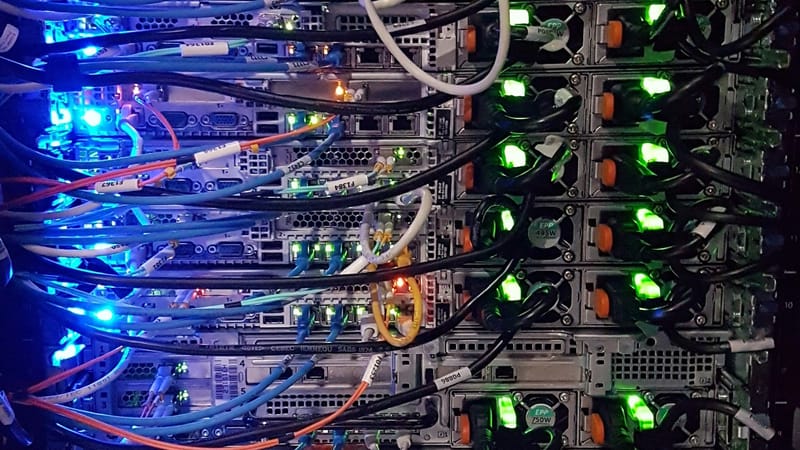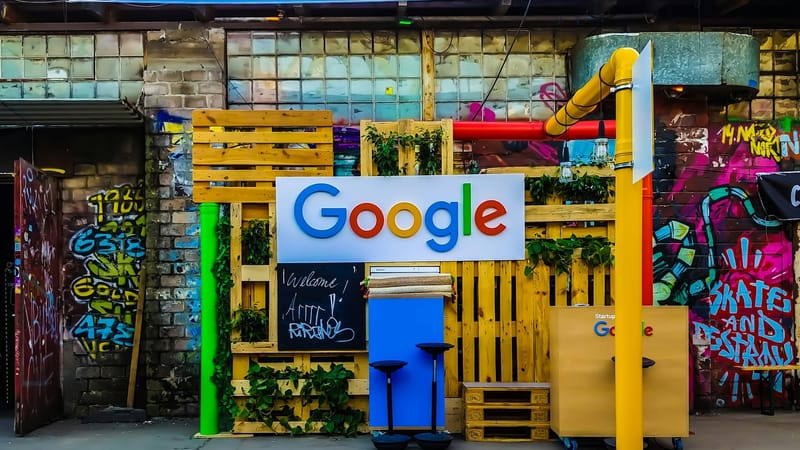Tesla’s robotaxi is coming: Here's what you need to know
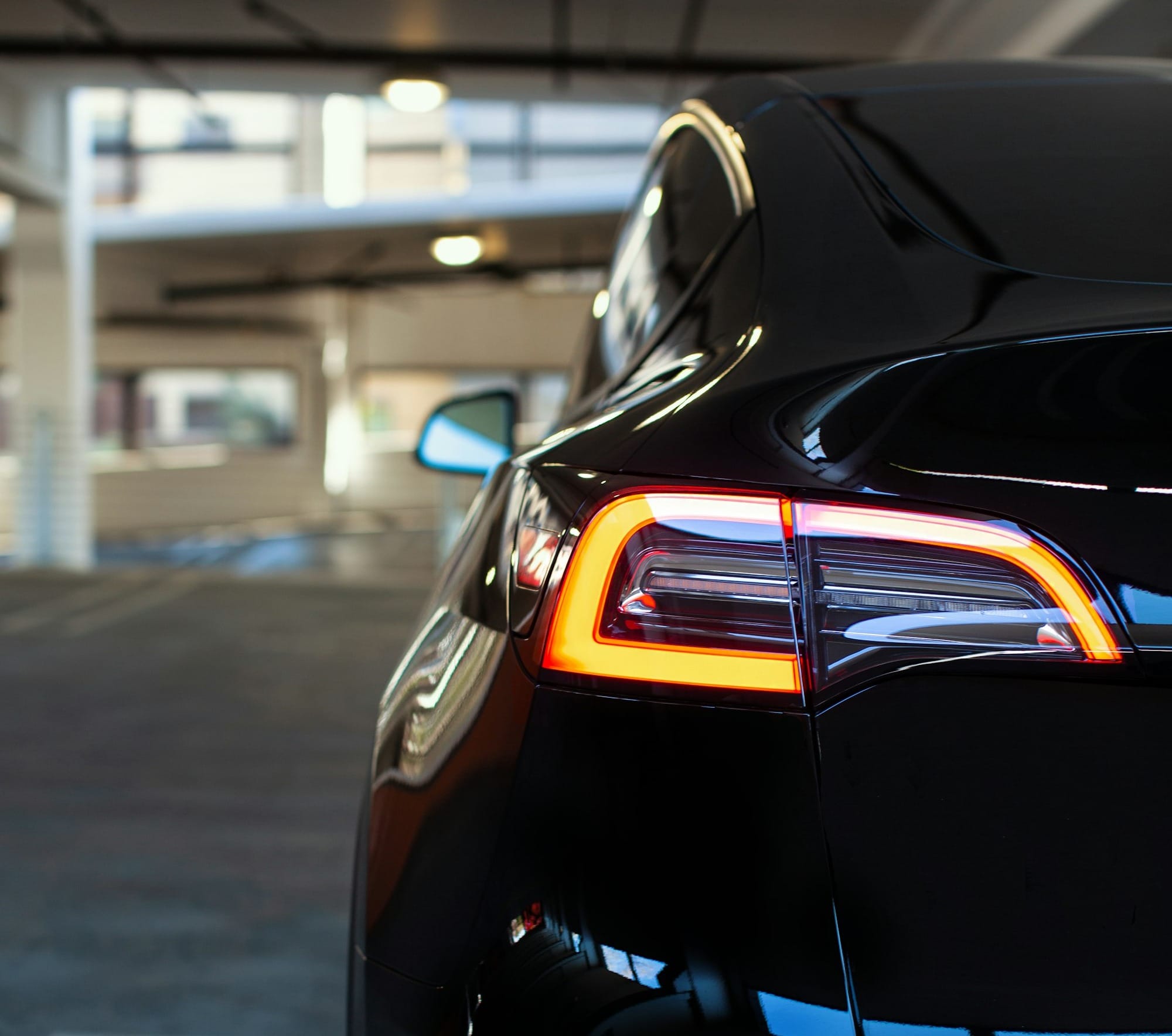
What’s Happening?
Tesla is putting its long-promised driverless taxis onto Austin’s streets starting on Sunday (June 22) and the company’s CEO, Elon Musk, says the very first fully autonomous trip, from the factory to a customer’s home, will roll out on his birthday, June 28.
The debut uses modified Model Y crossovers rather than the futuristic CyberCab unveiled last fall, and only a handful of vehicles will be in service at first.
The Grand Debut Details
- When & Where: Austin, Texas, with rides beginning June 22.
- Which Cars: Standard Tesla Model Y models equipped with the latest “Full Self-Driving” software, not the purpose-built CyberCab.
- Invitation Only: Early access goes to select invitees (including a few social media influencers), not the general public—so don’t expect to hail one off the street… yet.
How to Score a Ride
Tesla’s invitation outlines a few ground rules:
- No Airport Runs: Trips can’t start or end at Austin’s airports.
- Weather Limitations: Heavy rain or storms could ground the robotaxis.
- Safety Monitor Onboard: A trained Tesla employee will occupy the front passenger seat to intervene if needed.
- Geofenced Zones: Cars will stick to predefined “safe” areas of Austin, with remote operators watching from Tesla’s control centre
Tech Backstory & Safety Net
Elon Musk has volleyed promises about a driverless taxi fleet since 2019, originally targeting a 2020 launch. After several delays and amid stiff competition from Alphabet’s Waymo, which has already clocked over 10 million commercial trips, Tesla opted to start small. “We want to make sure everything goes smoothly before scaling up,” Musk told CNBC, explaining why just ten vehicles will circulate Austin initially.
Roadblocks Ahead
- Regulatory Hurdles: A coalition of Democratic Texas lawmakers urged Tesla to push its rollout to September 1 so new state self-driving rules can take effect. They’ve also requested detailed compliance documentation.
- Public Safety Concerns: Tech-safety group The Dawn Project staged demonstrations showing the current FSD software failing to recognise a stopped school bus, prompting calls for further testing before cars carry real passengers.
- FSD Reputation: National Highway Traffic Safety Administration data links Tesla’s “Full Self-Driving” features to several crashes, and critics say the software still misinterprets common road scenarios.
Tesla’s Reputation Check
Beyond self-driving debates, Tesla’s public image has taken hits:
- Political Fallout: Musk’s vocal support for former President Trump—and subsequent social media spats—sparked showroom vandalism and some customer defections.
Sales Slump: In April 2025, European deliveries fell nearly 50% year-over-year, and first-quarter global shipments dipped 13% amid rising competition in the EV market.
Why It Matters
If Tesla pulls off even a limited launch without incident, it could reshape urban mobility and turbocharge the company’s valuation. Wall Street analysts predict that a successful robotaxi network might help push Tesla’s market cap past $2 trillion by the end of 2026roughly double where it sits today.
What’s Next?
Assuming a smooth Austin rollout, Tesla plans to introduce similar driverless services in Los Angeles and San Francisco later this year. The pace of expansion will hinge on early results: Tesla says it will monitor performance closely, tweak software where needed, and then gradually open up to more riders and neighbourhoods.
Bottom Line
Tesla’s robotaxi is finally on the move, but this is just a cautious first step. Geofences, onboard safety monitors and remote supervisors underscore how much testing remains. For Austin residents lucky enough to snag an invite, expect a glimpse of the future—but don’t be surprised if you’re back behind the wheel for your next Uber ride.


